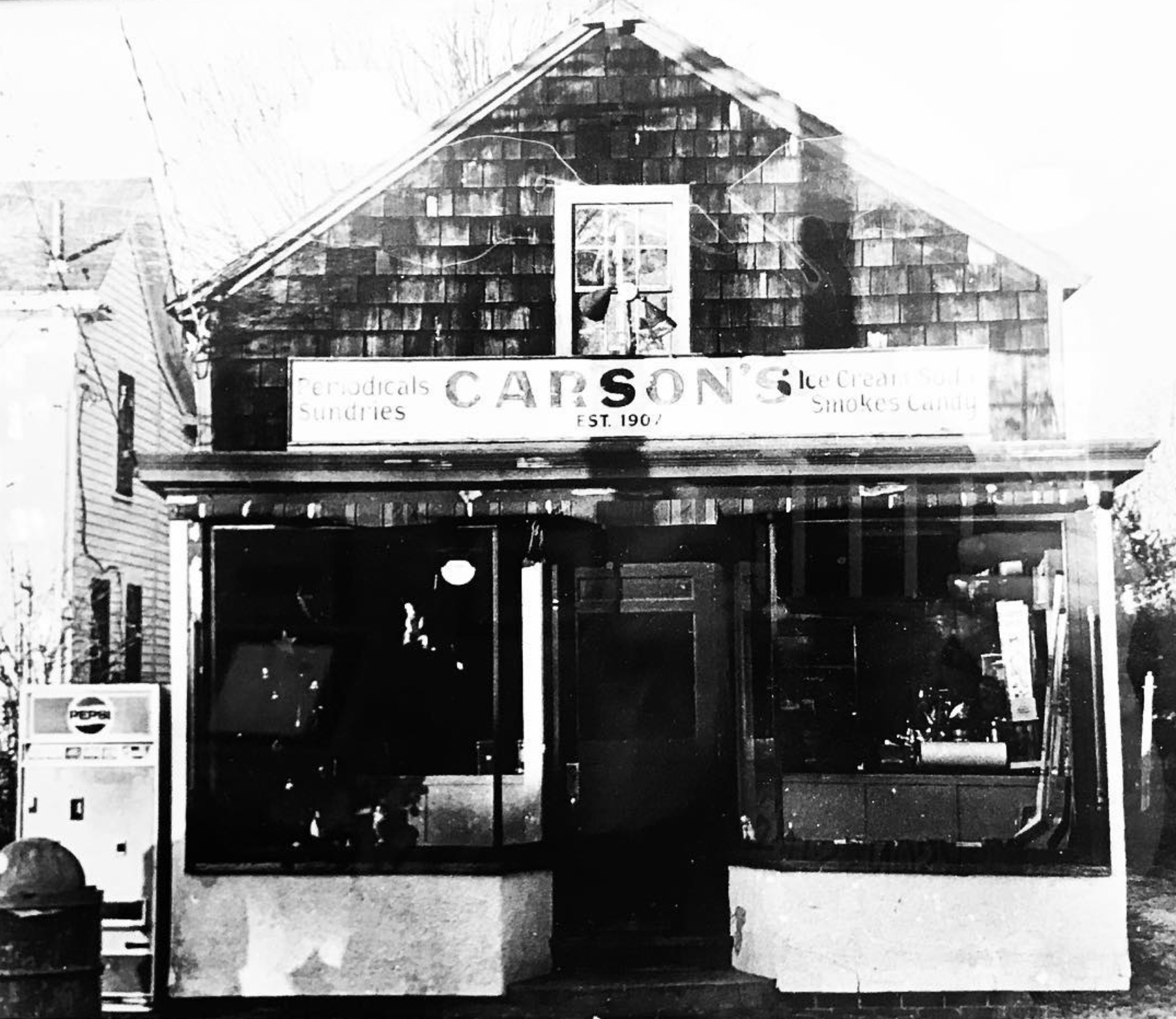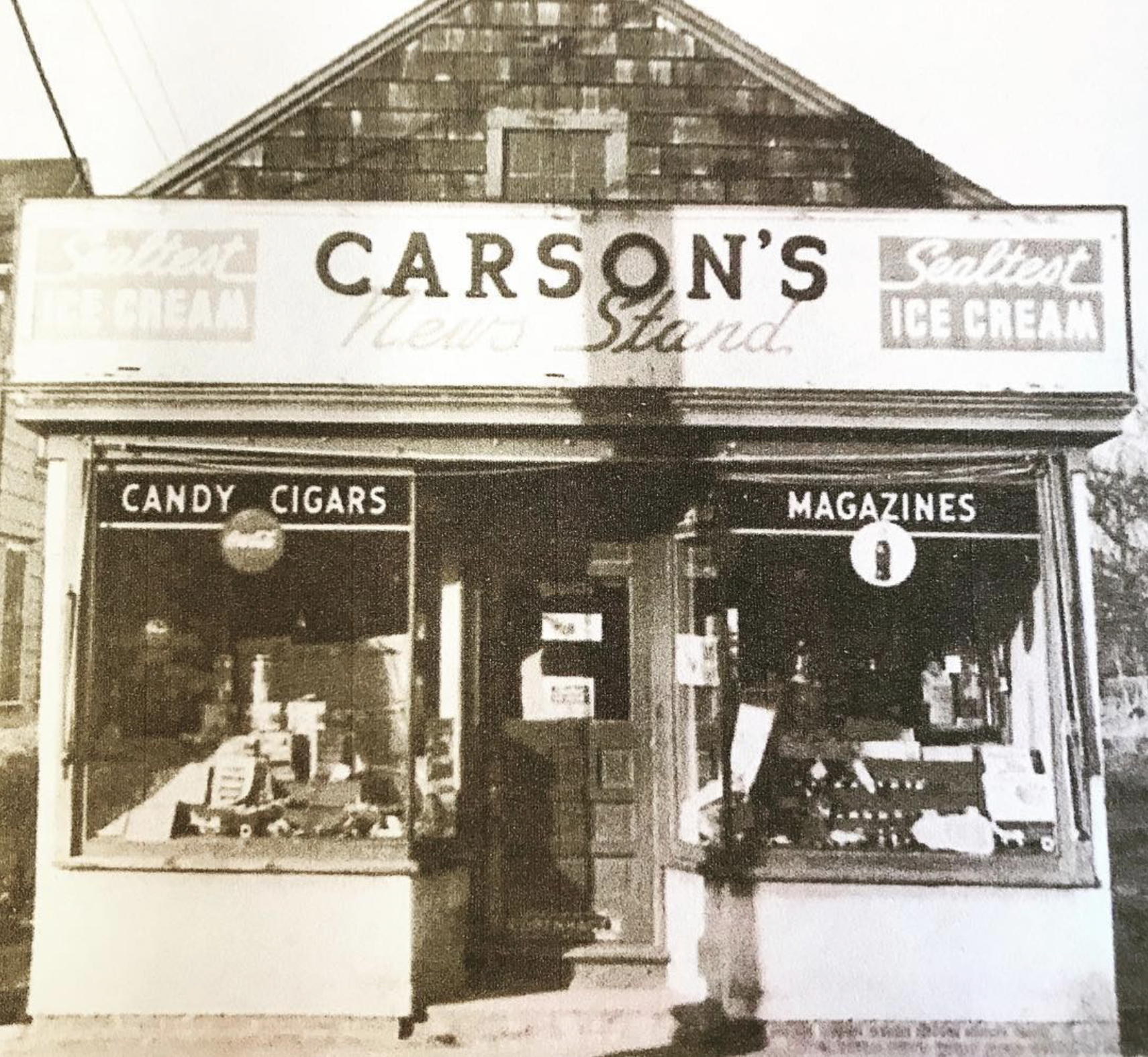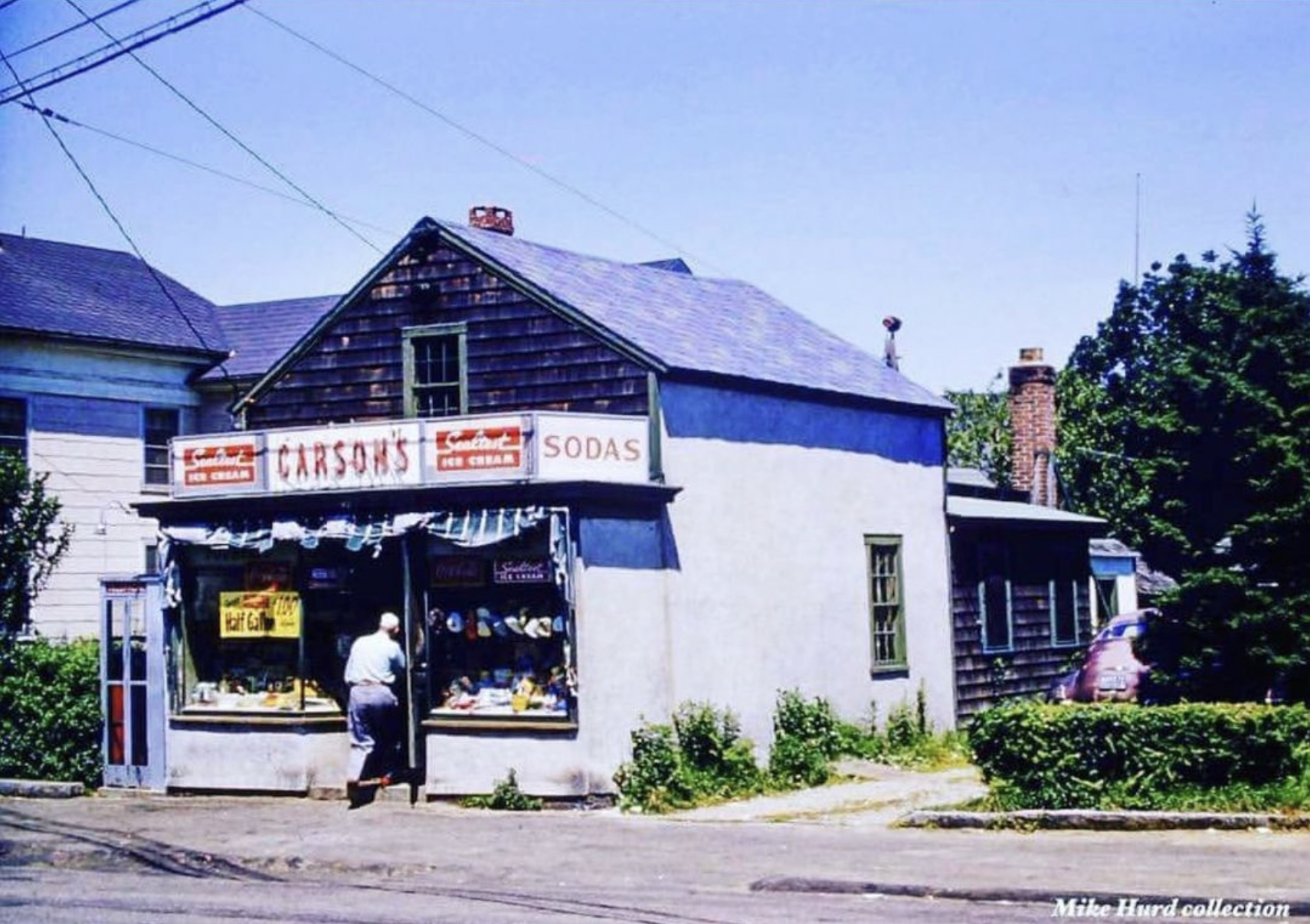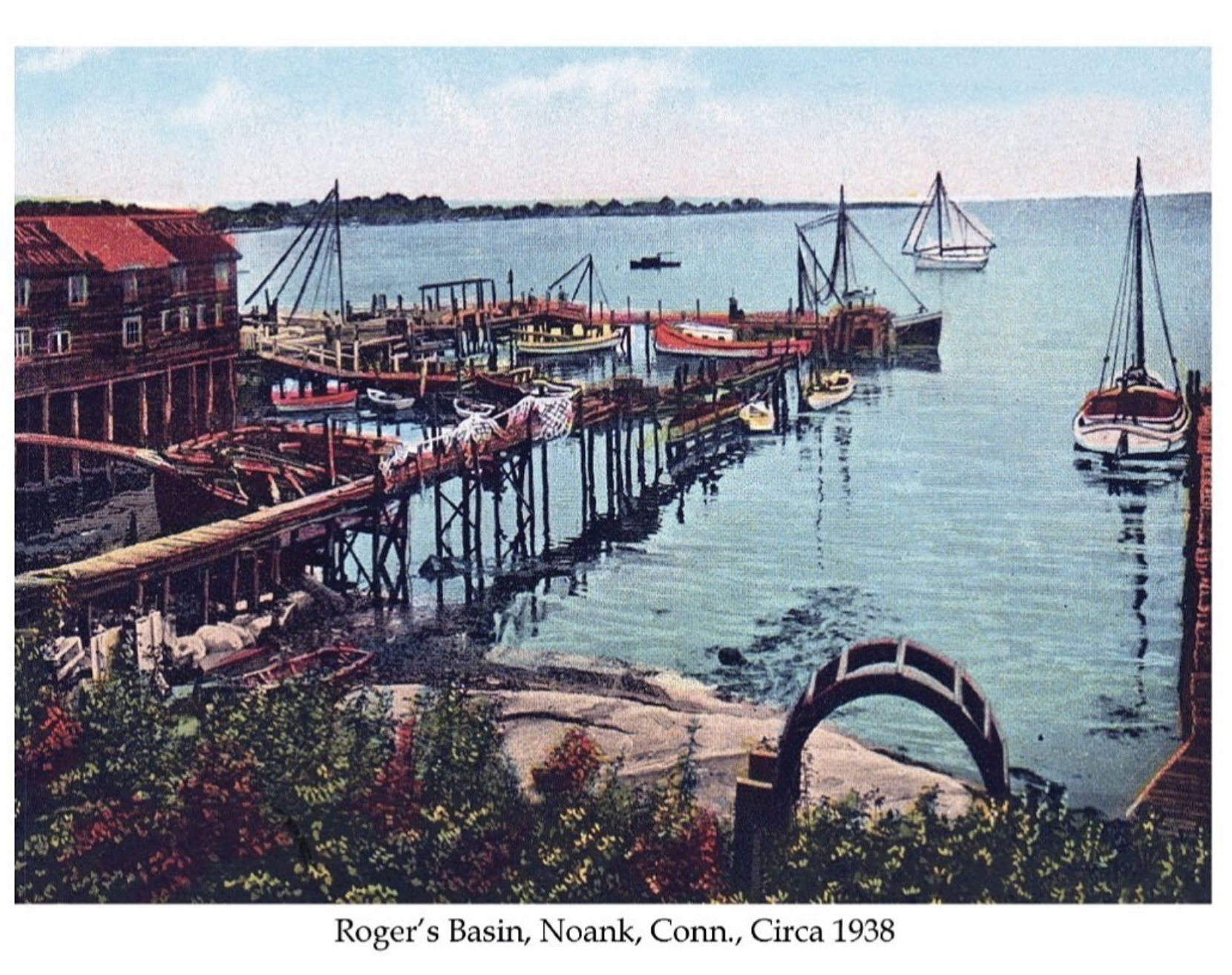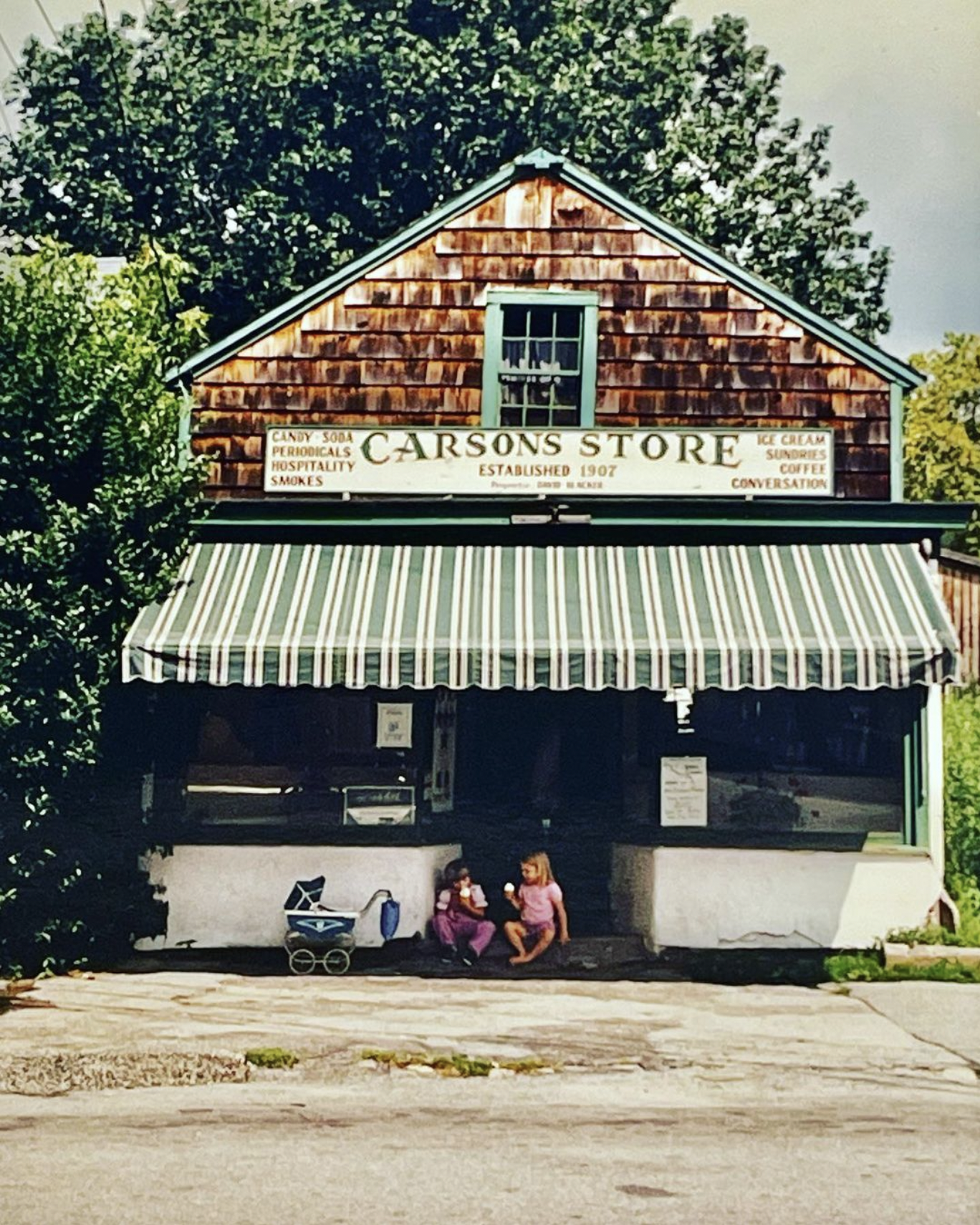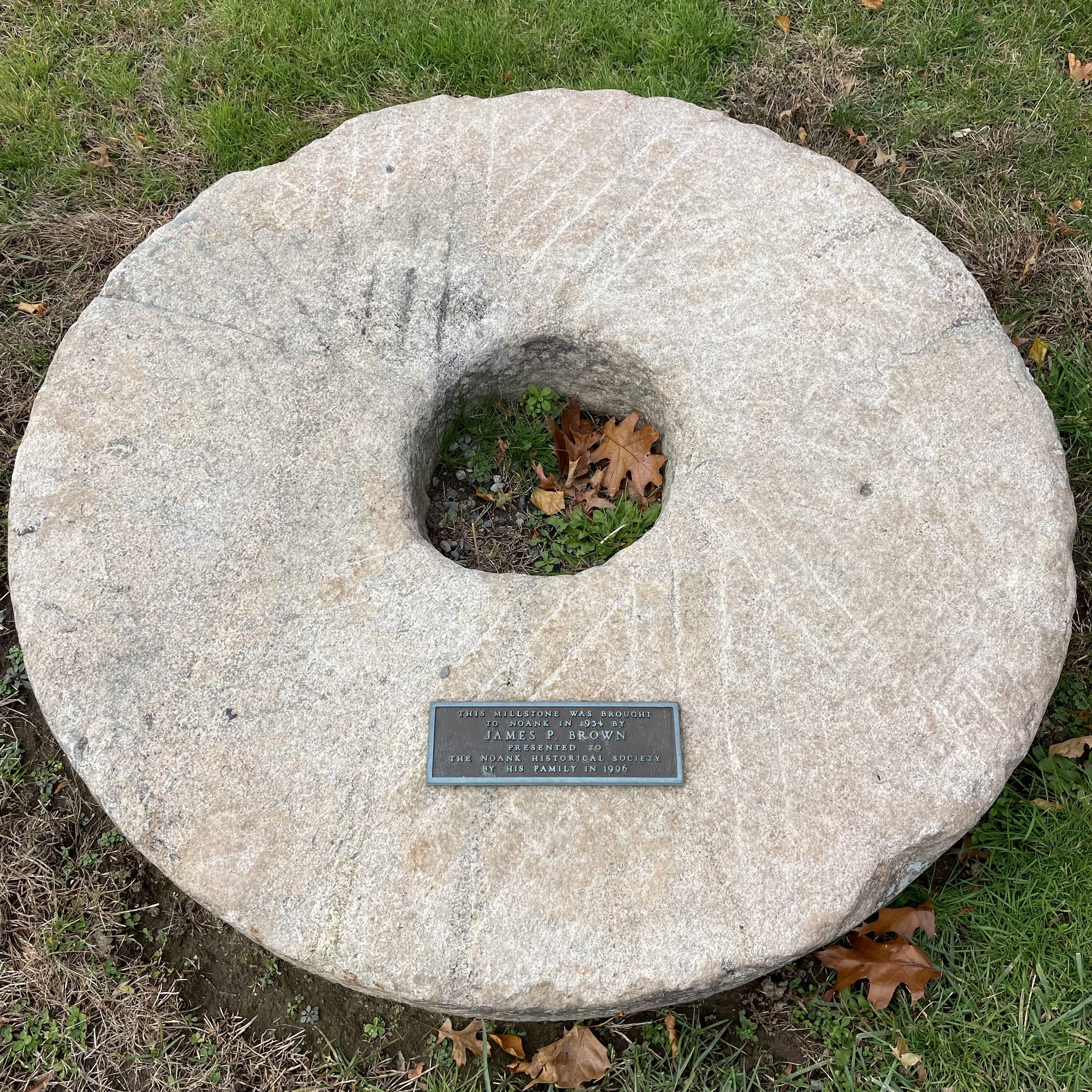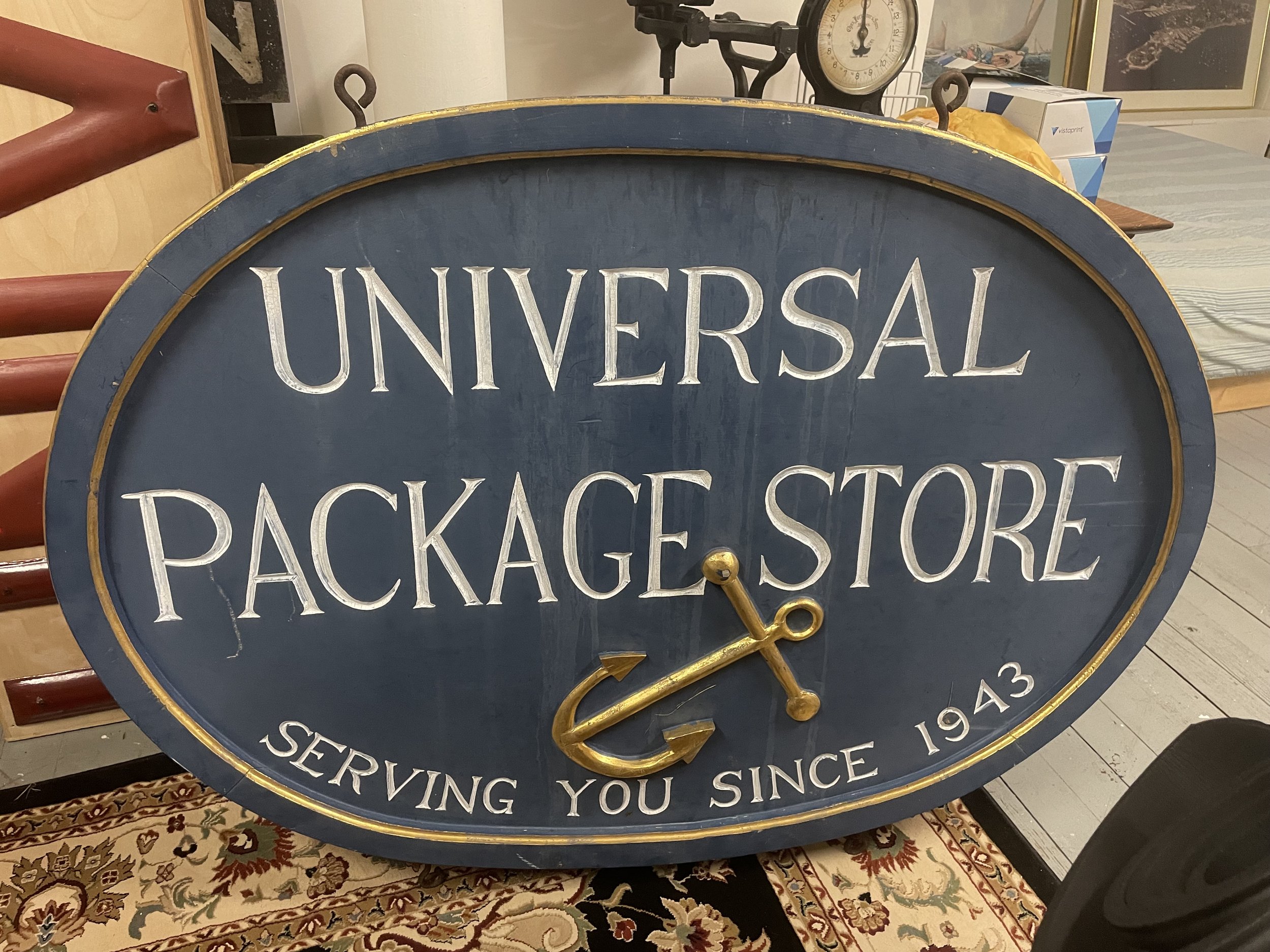
History
"Noank is on the end of the road to nowhere. No one passes through Noank - you have to go there because you want to go there."
-In the words of a longtime Noanker
The village of Noank gets its name from the Pequot word “Nauyang”, meaning point of land, and dates back to the 1600s. The Noank Shipyard, known by several names throughout the 19th and 20th centuries, was the largest builder of wooden ships in the United States during the mid to late 1800s.
This dense community of historic homes and local businesses sits on a small, steep peninsula at the mouth of the Mystic River with a long tradition of fishing, lobstering and boat-building. The village is listed as a historic district and is the home of multiple seaside lobster shacks and oyster aquaculture operations.
Noank once was a summer camping ground of the Pequot people, but they were driven out in 1655 following the Pequot War. The land of the Noank Peninsula was acquired by James Morgan through a lottery in 1712.
The community grew from a tradition of fishing, lobstering, and boat-building. In 1861, Charles Mallory and Elihu Spicer, Jr. established the C. H. Mallory and Company Steamship line. In 1879, Robert Palmer put steam railways into his shipbuilding plant in Noank. His company became one of the largest in the United States at the time for making wooden ships, building one thousand vessels ranging from fishing boats to sound steamers. The fishing sailboat type known as the "Noank Smack" is indigenous to this village. Around 1912, the Connecticut State Lobster Hatchery was established in Noank.
Noank hosts one of the longest running continuous Memorial Day parades in the country, held annually since 1876.
Scenes for the movie Mystic Pizza were filmed in Noank.

